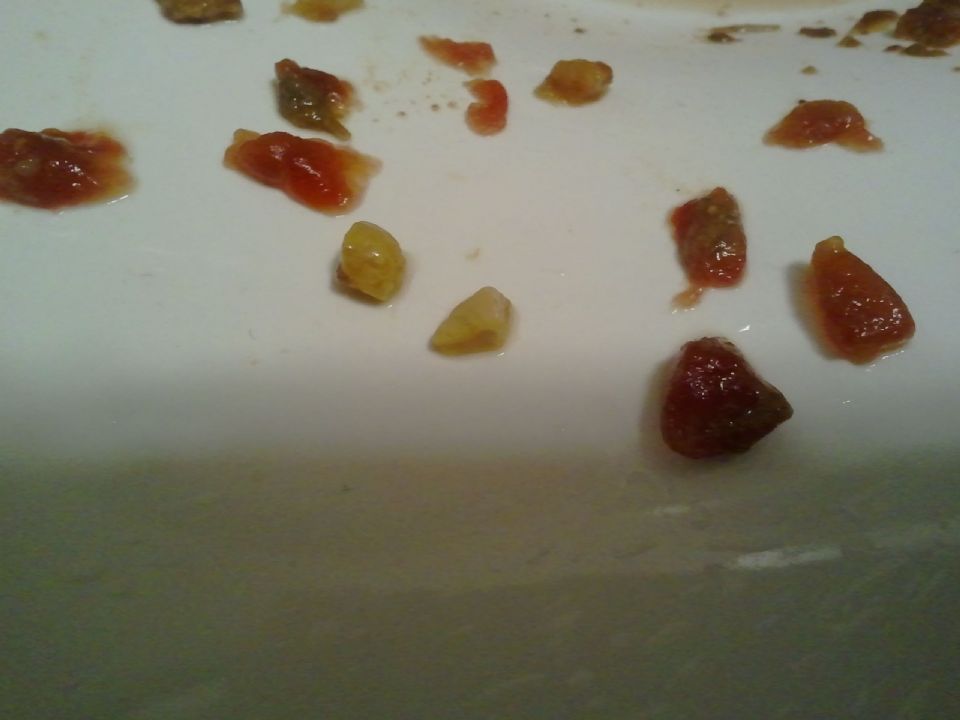

Mild temperatures and above average rainfall provide optimum conditions for fluke development Weather in the previous year – from August to October.

The level of fluke infection on a pasture varies from season to season and is dependent on a number of factors: animals infested for the first time late in the year will obviously not develop chronic fluke until the springtime etc. There are exceptions to this life cycle e.g. Disease sydromes associated with subacute or chronic infestations occur from November through January. As a result, earliest disease (acute disease most often seen in sheep) occurs in August / September. Newly grazing animals take in infective metacercariae and this begins the life cycle. Seasonally the grass becomes infested in the spring / early summer when infected animals are released to grass. Here they travel through over a period of approximately 10 weeks to reach the bile ducts as adults where they begin the cycle once more. Grazing animals ingest the encysted metacercariae, which uncoat in the stomach and penetrate the intestine travel via the blood system to the liver. Here they form a cyst around themselves for protection against adverse environmental conditions. These then exit the snail and swim to a convenient part of the grass for animals to eat. Here they undergo massive multiplication to produce thousands of redia and subsequently metacercariae. These eggs pass out in faeces and under correct conditions of humidity and climatic temperature (>10C) they hatch and the resultant life cycle stage (miracidia) enter a snail. Liver fluke has a somewhat complex life cycle in which adult fluke, present in the bile duct of infected animals lay eggs. Various different species of Fasciola occur around the world but only one occurs in Ireland. Liver fluke disease is caused by a trematode parasite called Fasciola hepatica. Grazing animals are infested through the ingestion of infected grass and the disease is estimated to cost the Irish cattle industry up to €90M per year in production losses. sheep often show clinical signs of acute disease whereas this syndrome is relatively rare in cattle, while signs related to chronic disease are relatively common. Various stages of disease cause different clinical signs and are often associated with specific seasons of the year e.g. The parasite can also affect other species including horses and even humans. Liver fluke, known as Fasciola hepatica, is a flattened ovoid shaped parasite that, as its name suggests, colonises the liver of various species most notably ruminants.


 0 kommentar(er)
0 kommentar(er)
